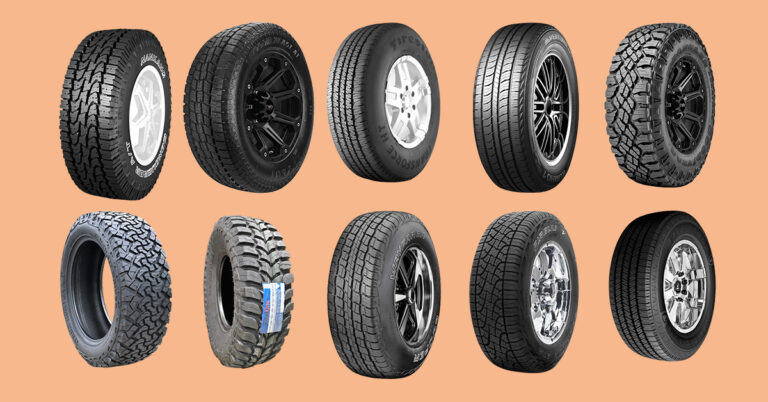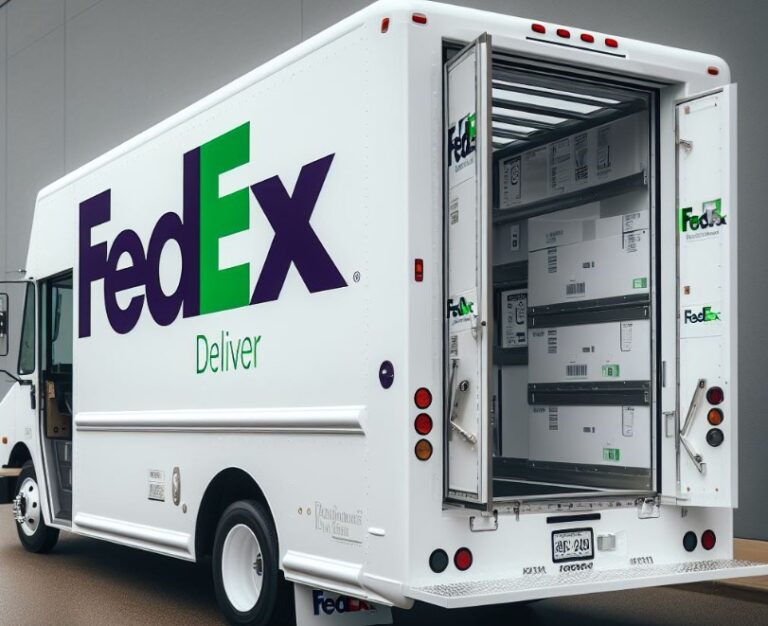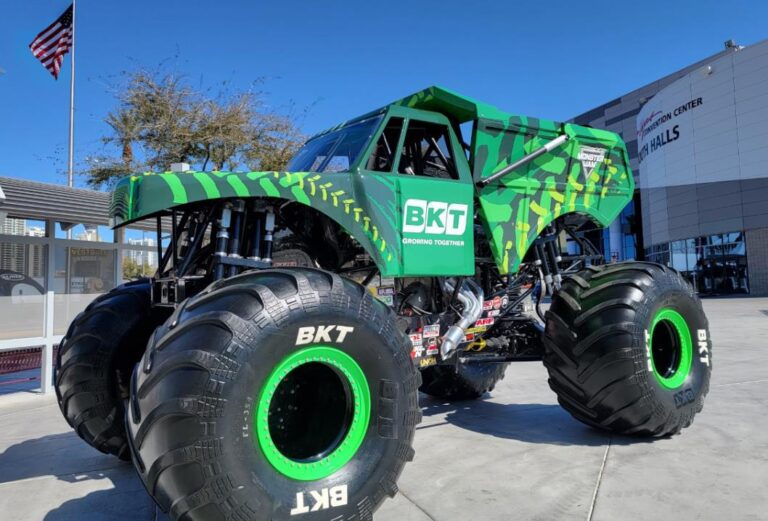How Much Does A Side Loader Garbage Truck Cost? Answered
Do you know How Much Does A Side Loader Garbage Truck Cost? The side loader garbage truck is a vital asset in modern waste management. It is notably efficient, allowing for quick and automated waste collection. This efficiency is a significant factor in the widespread adoption of side loader garbage trucks in urban and suburban areas. The cost of a side loader garbage truck varies, influenced by factors like size, capacity, brand, and additional features.
Key Takeaways
- Types of Side Loader Garbage Trucks: Various models and their impact on cost.
- Price Range: The general cost range for new and used side loader garbage trucks.
- Factors Affecting Cost: Key elements that influence the price.
- Customization and Additional Features: How these affect the overall cost.
- Maintenance and Operational Costs: Long-term financial considerations.
- Financing Options: Various ways to finance your garbage truck purchase.
- Market Trends: Current trends influencing garbage truck prices.
How Much Does A Side Loader Garbage Truck Cost? [Price Range of Side Loader Garbage Trucks]
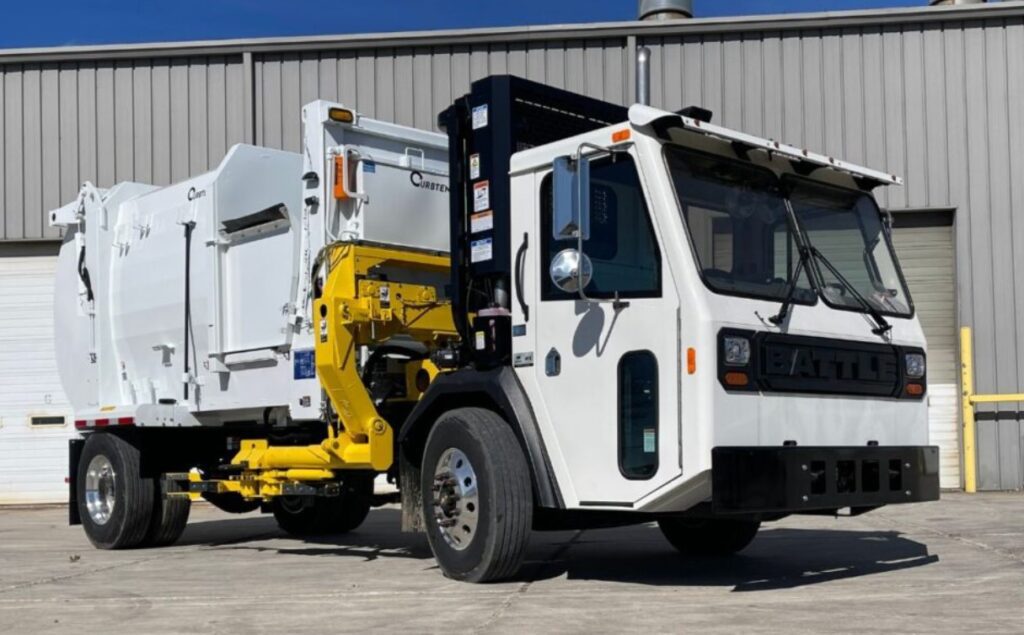
New Side Loader Garbage Trucks
A new side loader garbage truck typically costs between $250,000 to $350,000. This price can increase with advanced features and larger capacities. Top manufacturers like Heil, McNeilus, and Labrie offer a range of models, each with unique specifications that cater to different needs.
Used Side Loader Garbage Trucks
The market for used side loader garbage trucks offers more affordability, with prices ranging from $100,000 to $200,000. These costs vary based on the truck’s age, condition, mileage, and brand. Opting for a used truck can be a cost-effective solution, especially for smaller operations or those with limited budgets.
Factors Influencing the Cost of Side Loader Garbage Trucks
Size and Capacity
The size and capacity of a side loader garbage truck play a crucial role in determining its cost. Larger trucks with higher capacity command a higher price due to their increased material and manufacturing costs.
Brand and Manufacturer
Well-known brands often charge a premium for their garbage trucks due to their reputation for quality and reliability. Trucks from manufacturers like Heil, McNeilus, and Labrie are sought after for their durability and advanced technology, influencing their higher price points.
Customization and Additional Features

Customization Options
Customizing a side loader garbage truck to meet specific requirements can significantly impact the cost. Features like advanced hydraulic systems, automated arms, and specialized compartments add to the overall price.
Additional Features
Incorporating additional features such as camera systems, GPS tracking, and enhanced safety mechanisms increases the price. These features, while adding to the upfront cost, can improve operational efficiency and safety, offering long-term benefits.
Maintenance and Operational Costs
Owning a side-loader garbage truck involves more than just the purchase price. Maintenance and operational costs, including fuel, repairs, and servicing, contribute to the total cost of ownership.
Newer models with advanced technology may have higher initial costs but can offer savings in the long run through improved fuel efficiency and reduced maintenance needs.
Financing Options for Side Loader Garbage Trucks
Various financing options are available for purchasing side loader garbage trucks. These include leasing, loans, and municipal financing for public sector entities. Each option has its pros and cons, and choosing the right financing method depends on your organization’s financial situation and long-term goals.
Market Trends Influencing Garbage Truck Prices
The garbage truck market is influenced by factors like technological advancements, environmental regulations, and economic conditions. The growing emphasis on sustainability and efficient waste management drives innovation in garbage truck design, potentially impacting prices. Additionally, market demand and supply chain dynamics play a role in determining truck costs.
What Are the Maintenance Requirements for Waste Collection Vehicles?
Maintaining waste collection vehicles is a critical aspect of ensuring their longevity and efficiency. Regular maintenance not only extends the lifespan of these vehicles but also ensures they operate safely and effectively. This is particularly important for heavy-duty vehicles like garbage trucks, which are subjected to harsh working conditions daily.
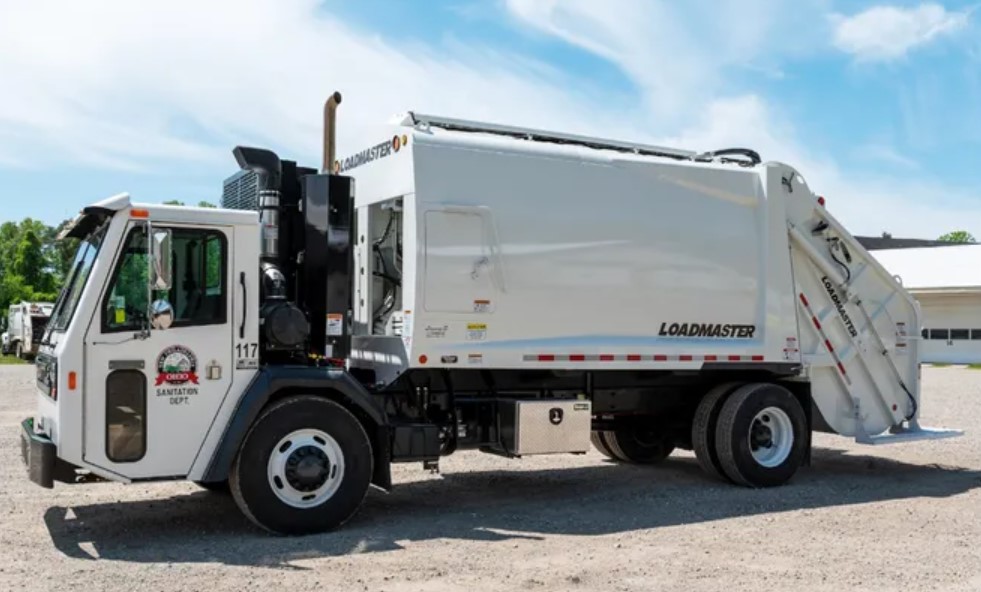
The maintenance regime for these vehicles includes routine checks and servicing of key components such as the hydraulic systems, brakes, engine, and electrical systems. Regular servicing helps in identifying and rectifying potential issues before they escalate into major problems.
Moreover, the wear and tear on components like the compactor, lifting arms, and the body of the truck due to the nature of garbage collection work necessitates frequent inspections and repairs. Adhering to a strict maintenance schedule minimizes downtime and reduces the likelihood of costly repairs or replacements in the future.
How Does Garbage Truck Design Impact Operational Efficiency?
The design of a garbage truck plays a pivotal role in its operational efficiency. Manufacturers are constantly innovating to improve the functionality and efficiency of these vehicles.
The design elements of a garbage truck, such as the layout of the hopper, the type of loading mechanism, and the compaction system, directly impact how quickly and effectively waste can be collected and transported.
Modern garbage trucks are increasingly focusing on ergonomics and automation to enhance efficiency. For example, automated side loaders allow for quicker and safer collection of waste without the need for manual lifting.
This not only speeds up the waste collection process but also reduces the risk of injury to workers. Similarly, compactors with higher compression ratios enable more waste to be transported in a single trip, thereby reducing fuel consumption and emissions.
The integration of technology such as GPS and route optimization software further streamline operations, allowing waste management companies to serve more customers with greater efficiency.
What Safety Features Are Essential in Refuse Collection Vehicles?
Safety features in refuse collection vehicles are of paramount importance, given the potential risks associated with waste collection and transportation. These vehicles are often required to navigate through busy streets and residential areas, making safety features crucial for the protection of both the operators and the public.

Key safety features in modern refuse collection vehicles include advanced braking systems, rear-view cameras, and proximity sensors. These technologies help in preventing accidents, especially when reversing or maneuvering in tight spaces.
Lighting and reflective materials are also vital for ensuring the vehicle is visible, particularly when operating in low-light conditions or during early morning hours.
Additionally, the design of the cab is focused on providing maximum visibility and comfort for the driver, reducing the risk of accidents caused by fatigue or poor visibility. The inclusion of safety interlocks, which prevent the operation of certain parts of the vehicle when it is unsafe to do so, further enhances the safety of these vehicles.
What Are the Environmental Impacts of Refuse Collection Vehicles?
The environmental impact of refuse collection vehicles is a growing concern, especially in the context of global efforts to reduce carbon emissions and improve air quality. Traditional garbage trucks, which are typically heavy and run on diesel, contribute significantly to greenhouse gas emissions and air pollution.
Efforts to mitigate the environmental impact of these vehicles include the adoption of alternative fuel technologies such as compressed natural gas (CNG) or electric power.
CNG-powered garbage trucks produce fewer emissions compared to their diesel counterparts, making them a more environmentally friendly option. Electric refuse collection vehicles, while still in the early stages of deployment, offer the potential for zero-emission waste collection.
Furthermore, the implementation of route optimization software can reduce unnecessary travel, thereby decreasing fuel consumption and emissions. Waste management companies are also exploring ways to increase the efficiency of their operations, such as by reducing the frequency of collections where feasible, to minimize their environmental footprint.
What Are the Latest Technological Advancements in Garbage Truck Manufacturing?
Technological advancements in garbage truck manufacturing are revolutionizing the way waste is collected and managed. Manufacturers are continually exploring new technologies to enhance the efficiency, safety, and environmental friendliness of their vehicles.
One of the significant advancements is the integration of automation in garbage trucks. Automated lifting and loading systems allow for quicker and safer refuse collection, reducing the need for manual handling.
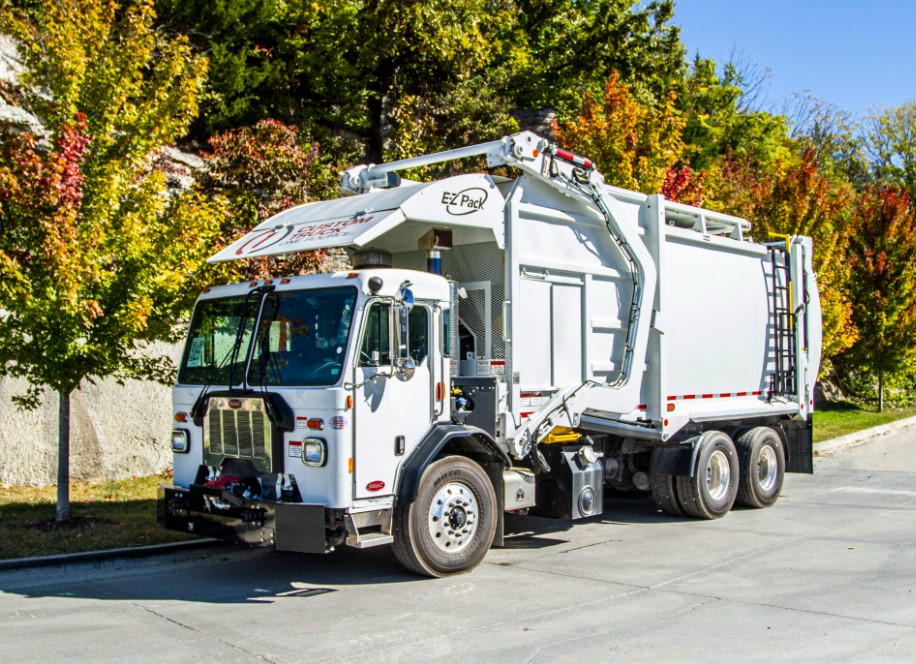
Another area of innovation is in the use of telematics and GPS tracking systems, which help in route optimization, fleet management, and maintenance scheduling. These technologies provide real-time data that can be used to streamline operations and reduce costs.
Additionally, the push towards sustainability has led to the development of garbage trucks powered by alternative fuels like CNG and electricity. These vehicles are not only more environmentally friendly but also tend to have lower operational costs over time.
Manufacturers are also focusing on improving the compacting efficiency of these vehicles, allowing them to carry more waste per trip, thereby reducing the number of trips required and further minimizing their environmental impact.
Conclusion
The cost of a side loader garbage truck is a significant investment, influenced by various factors including size, capacity, brand, customization, and additional features. While new trucks offer the latest technology, used trucks provide a more affordable entry point.
Understanding these factors, along with maintenance and operational costs, is crucial in making an informed purchase decision. With the right approach, a side loader garbage truck can be a valuable asset in enhancing your waste management operations.
Top FAQ’s
Are there financing options available for purchasing garbage trucks?
Yes, there are various financing options available for purchasing garbage trucks, including leases, loans, and municipal financing programs. The choice of financing depends on the buyer’s budget, credit, and long-term financial strategy.
What is the capacity of a typical side loader garbage truck?
The capacity of a typical side loader garbage truck ranges from 15 to 30 cubic yards, depending on the model and design. This capacity determines how much waste the truck can carry in a single trip.
Can garbage trucks operate in extreme weather conditions?
Garbage trucks are designed to operate in a range of weather conditions, including extreme heat, cold, and precipitation. However, severe conditions may require additional precautions or modifications to ensure safe and efficient operation.
What factors affect the fuel efficiency of a garbage truck?
Factors affecting the fuel efficiency of a garbage truck include the vehicle’s design, weight, engine type, route characteristics (urban vs. rural), and driving habits. Newer models with advanced technology tend to be more fuel-efficient.

Welcome to the exhilarating world of Matt Rex, a professional car racer turned renowned vehicle enthusiast. Immerse yourself in his captivating blog as he shares heart-pounding adventures, expert reviews, and valuable insights on cars, trucks, jets, and more. Fuel your passion for speed and discover the beauty of vehicles through Matt’s engaging stories and meticulous expertise. Join the ever-growing community of enthusiasts who find inspiration and expert advice in Matt Rex’s blog—a digital hub where the thrill of speed meets the pursuit of knowledge.


